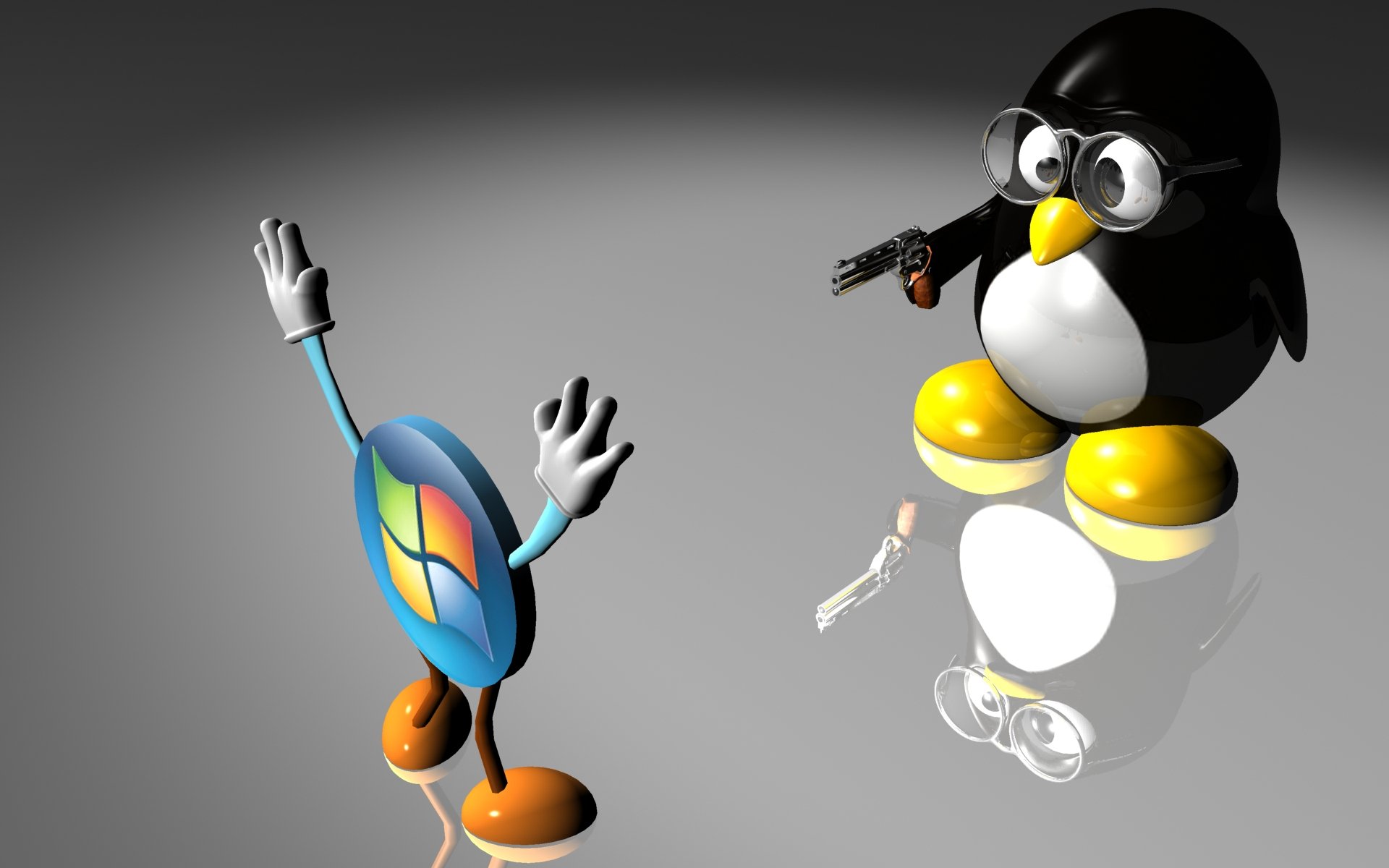


Session-cleanup-script is run after a greeter or user session stops. If this command returns an error the session will not start (user is returned to a greeter). Session-setup-script is run before a user session starts.
#UBUNTU DESKTOP LOGIN AS ROOT CODE#
If this command returns an error code the greeter fails to start (which will cause LightDM to stop). Greeter-setup-script is run before a greeter starts. If this command returns an error code the X server is stopped.ĭisplay-stopped-script is run after an X server exits. Set this if you need to configure anything special in the X server.

Greeter-wrapper=command (Not in Ubuntu 12.04 LTS)ĭisplay-setup-script is run after the X server starts but before the user session / greeter is run. If you need some special behaviour when X servers and user sessions start/stop you can set commands to be run with the following configuration:ĭisplay-stopped-script=command (Not in Ubuntu 12.04 LTS) desktop file from /usr/share/xgreeters/*.desktop.

If you need to override this you can set: The greeter is set by configuration in /usr/share/lightdm// that greeter packages provide. desktop file from /usr/share/xsessions/*.desktop. The default session is set by configuration in /usr/share/lightdm// that session packages provide. If you want to set the automatic login to be a guest session then set: If autologin-user-timeout is set the greeter will be shown for this many seconds before the automatic login occurs. To set the system to automatically start with a logged in user set the autologin-user. Unity Greeter (and some other greeters) don't allow you to enter a username to log in with by default.
#UBUNTU DESKTOP LOGIN AS ROOT MANUAL#
You may also want to explicitly enable manual login with this feature. If you want to disable this (you have too many users or security concerns) use the following configuration. Unity Greeter (and some other greeters) shows the list of possible user accounts by default. There is an additional config file: /etc/lightdm/nfīut this config file will be ignored if accountsservice is running on your system (if you are unsure, check from a shell prompt with the command ps -aef | grep accountsservice).īy default LightDM allows you to log into a session as a temporary user disable this with: Files are read in the above order and combined together to make the LightDM configuration.įor example, if you want to override the system configured default session (provided in /usr/share/lightdm//nf) you should make a file /etc/lightdm//nf with the following: Īn example file showing all the possible configuration is provided in /usr/share/doc/lightdm/. System administrators can override this configuration in /etc/lightdm//*.conf and /etc/lightdm/nf. System provided configuration is stored in /usr/share/lightdm//*.conf and is not user editable. LightDM configuration is provided by the following files: /usr/share/lightdm//*.conf Later versions of lightdm (15.10 onwards) have replaced the obsolete with The default greeter in Ubuntu up to version 16.04 LTS is Unity Greeter. LightDM starts the X servers, user sessions and greeter (login screen). While it has been replaced by GDM in later Ubuntu releases, LightDM is still used by default in the latest release of several Ubuntu flavors. LightDM is the display manager running in Ubuntu up to version 16.04 LTS.


 0 kommentar(er)
0 kommentar(er)
